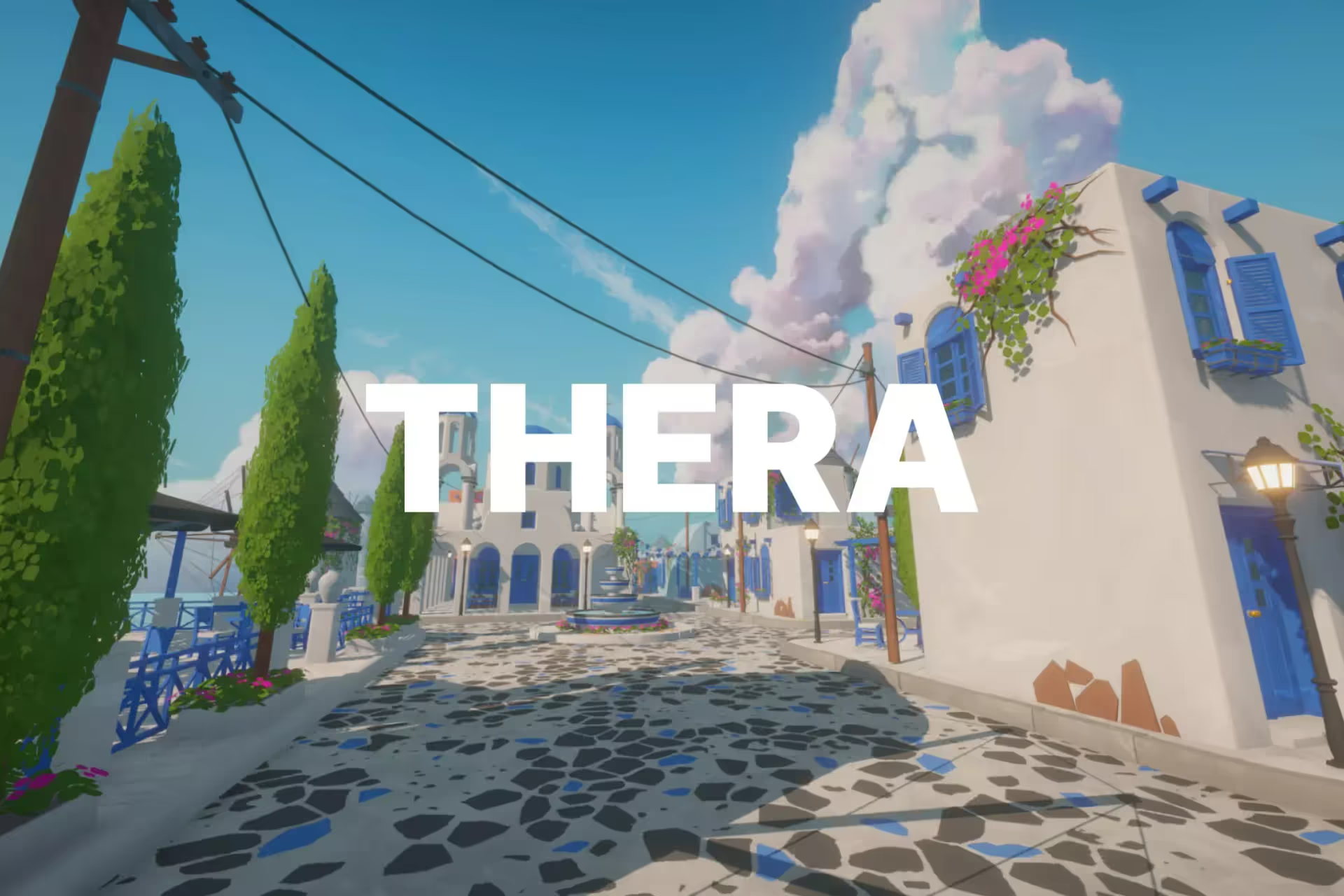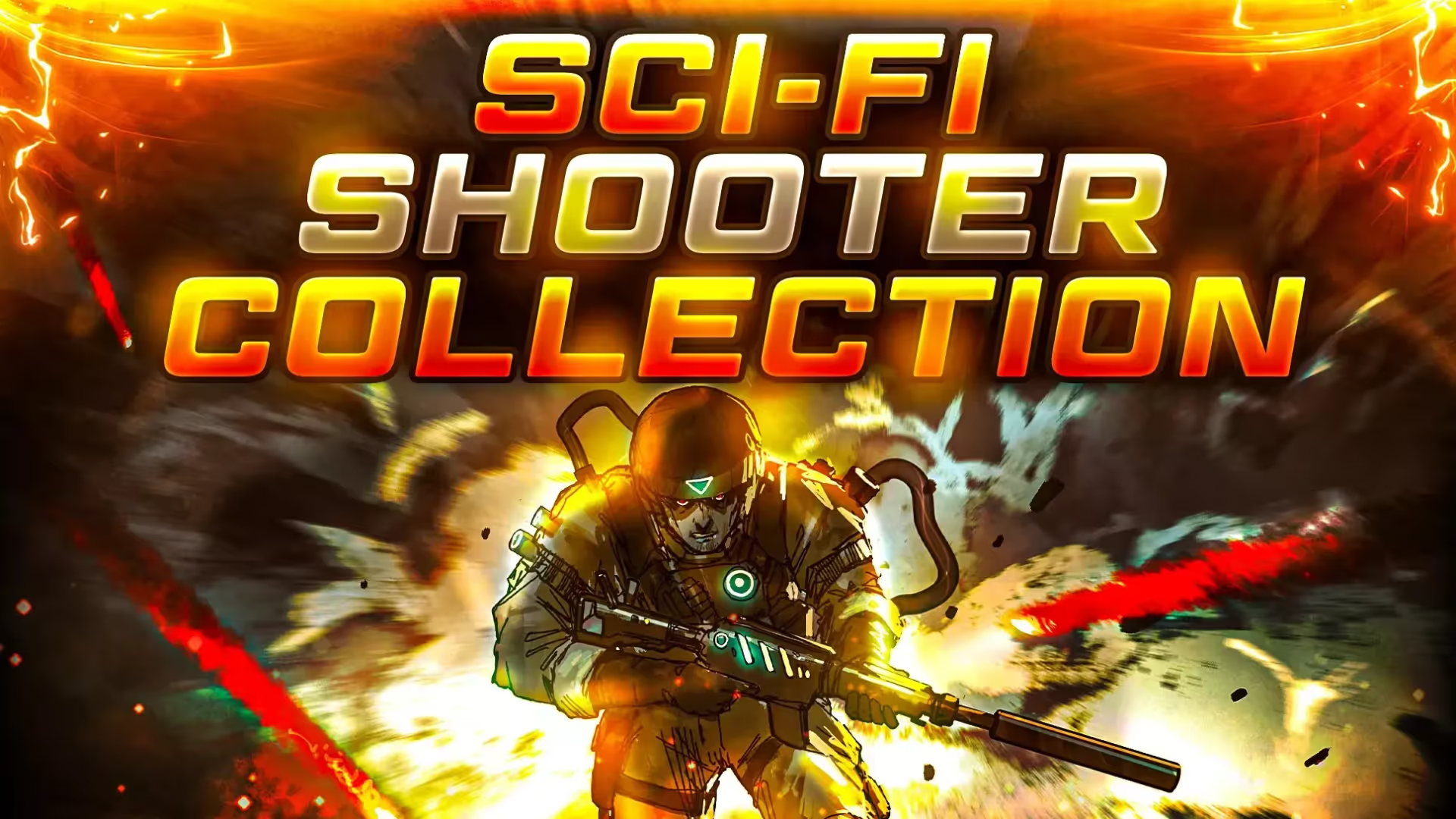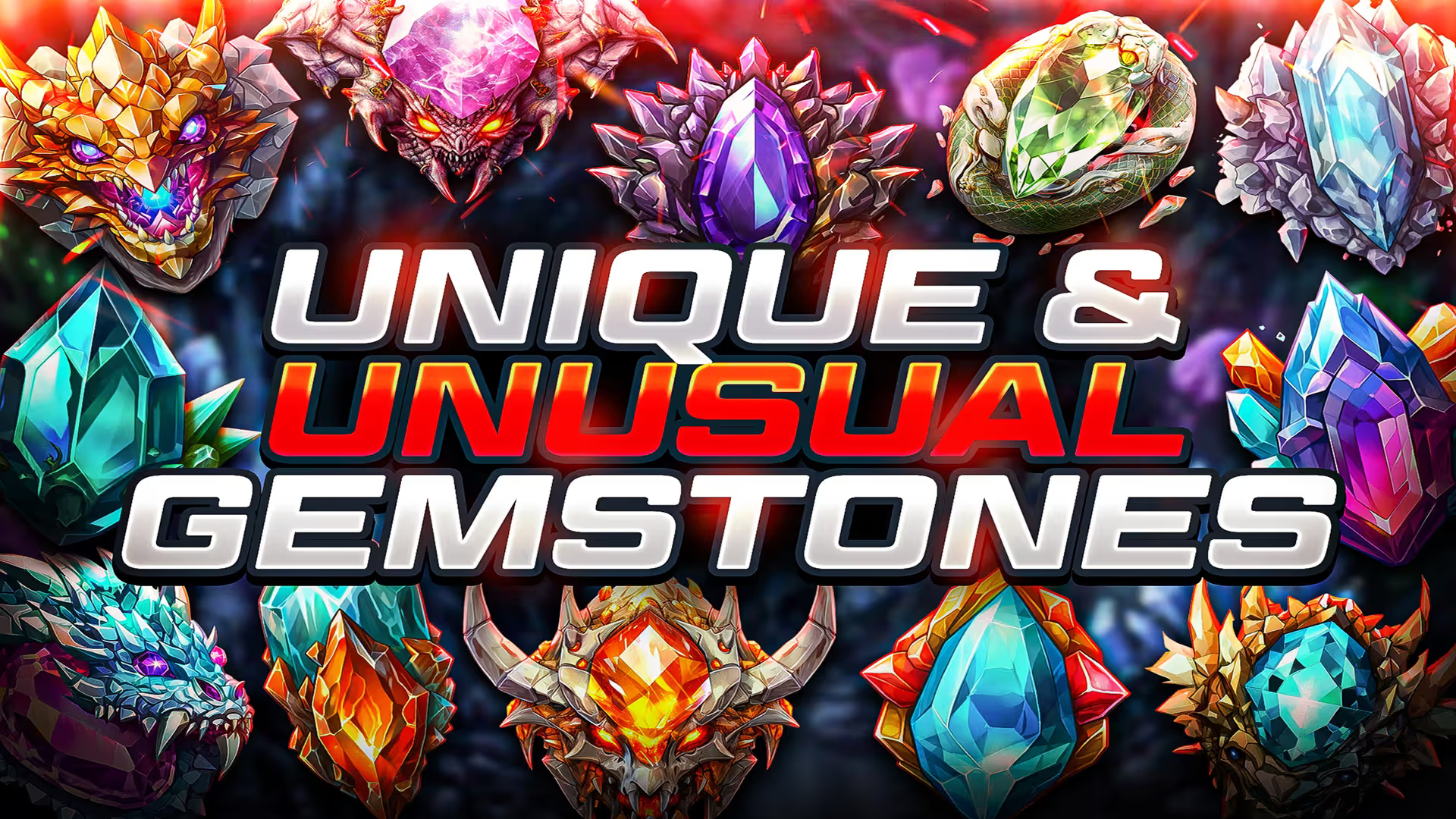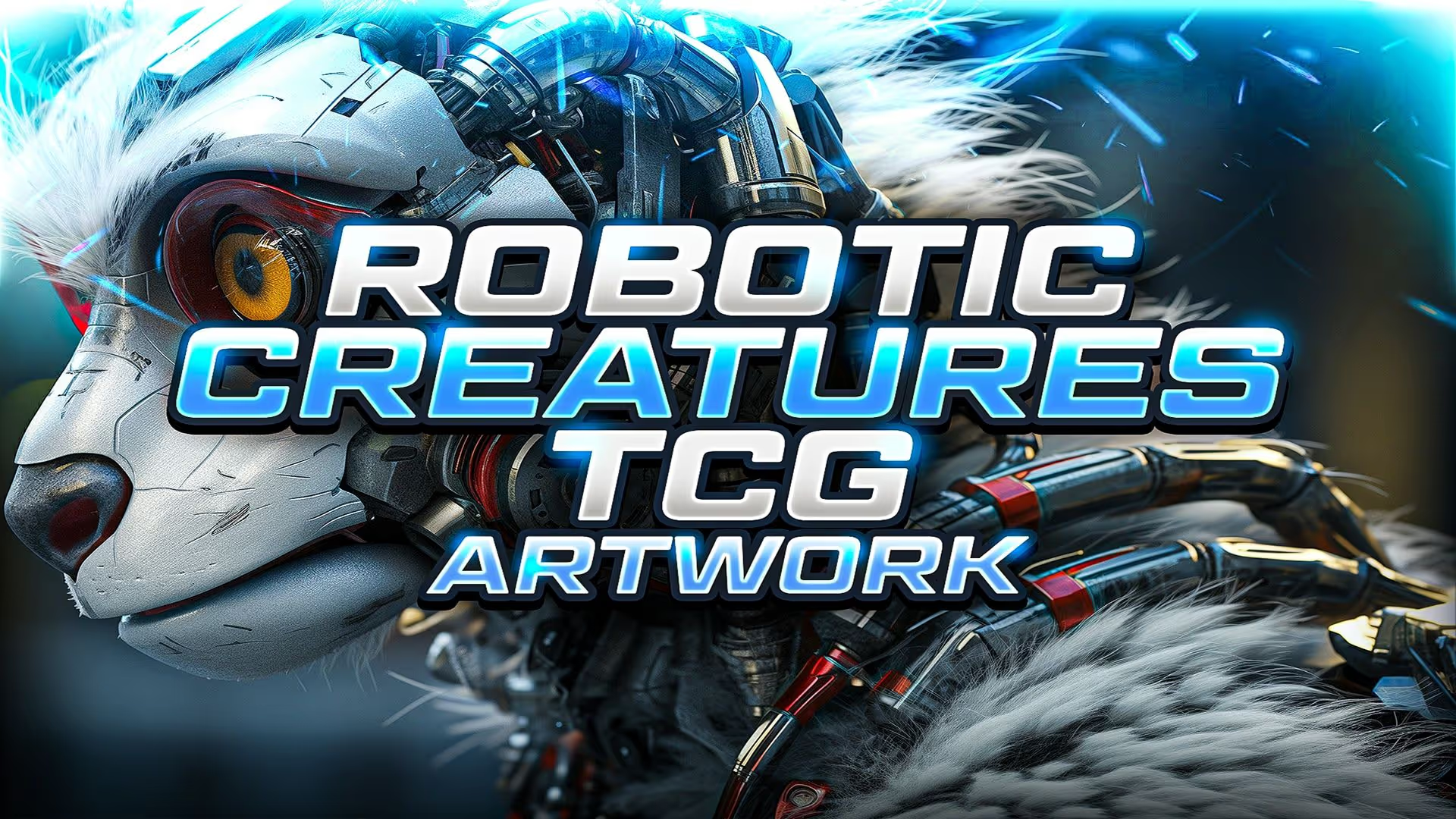Indie Game Development: The Role of Storytelling
The gaming world’s meteoric ascent owes much to revolutionary factors, and at the heart of this transformation lies the art of storytelling.
In this blog post, we dive into the world of storytelling for game development. Continue reading to learn more about how storytelling can help you improve your game.
This article is part of a series on game narrative and writing.
Storytelling in game-making
In game development, storytelling involves weaving a narrative that immerses players into a captivating gaming universe. The secret sauce binds game artwork, design and gameplay mechanics into a mesmerizing player experience.
Building the framework for game artistry
Games are a fusion of gameplay, artwork and story. The narrative serves as the art’s bedrock, inspiring game artists to create visually stunning environments that mirror the essence of the game’s story. Take, for instance, The Last of Us, where the post-apocalyptic visuals vividly echo the game’s narrative of a world plagued by a deadly fungus.
The interplay between decision-making, obstacles and gameplay flow
Storytelling guides game designers to shape critical decisions for the game environment and gameplay dynamics, seamlessly integrating narrative elements into the very fabric of gameplay. Portal, a shining example, merges storytelling with puzzles, offering players an immersive experience where narrative and gameplay become inseparable.
Powering Player Engagement
Game narratives are potent tools for forging emotional connections and motivating players to embark on quests and conquer challenges. Titles like The Last of Us demonstrate how a compelling storyline creates a sense of purpose, fueling player engagement and prolonging the gaming experience.
Creating Buzz with Narrative
Game narratives can be used beyond the screens; they also help shape marketing strategies. Trailers and teasers spotlight a game’s storyline, characters and world, building anticipation for a community eager to dive into the gaming adventure.
The Five Pillars of Interactive Storytelling
- Putting Story First:
Design your game with storytelling at its core, breathing life into characters and envisioning them to make them tangible. - Player-Centric Gameplay:
Keep players in control, minimizing cut scenes that interrupt their gaming experience. - Show, Don’t Tell:
Empower players to be problem-solvers. Let them discover solutions and let their minds interact with the game. - Creating a World:
Immerse players by adding subtle details from clothing and environment to sound. Entice the players in all senses. - Challenge Harmony:
Introduce challenges that harmonize with the unfolding story, ensuring players are constantly engaged without overwhelming them.
What’s next for Storytelling in Game Development?
The gaming industry has come a long way since the days of pixelated graphics and limited storytelling. Today, gamers expect immersive experiences that allow them to fully engage with the game’s world and characters. One way to achieve this is through personalized narratives, where the story and gameplay are tailored to the individual player’s choices and actions.
The future promises an exciting fusion of storytelling and technology. Augmented reality, virtual reality and AI tools will redefine personalized narratives, adapting them to player actions and pushing the limits of immersive gaming experiences.
.avif)





.avif)






.avif)
.avif)








.avif)





.avif)
